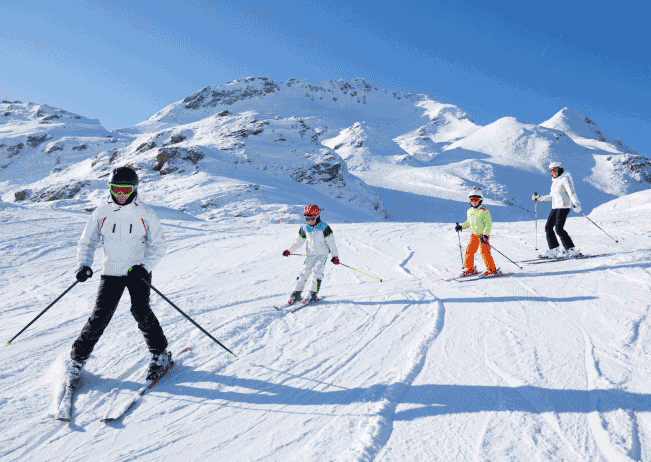 The snow was great last weekend: I spent a wonderful couple of days on dry snow, with good cover on most of the resort in Perisher. It made me reflect upon the fact that many people are less than prepared for their skiing.
The snow was great last weekend: I spent a wonderful couple of days on dry snow, with good cover on most of the resort in Perisher. It made me reflect upon the fact that many people are less than prepared for their skiing.
Here are some tips to consider before you get to the snow fields: they will help you ski more efficiently and enjoyably and hopefully prevent you injuring yourself.
Remember: if you do have an injury, it is most important to get definitive advice from trained Sports doctors or Orthopaedic surgeons. Others are not trained or qualified to make such diagnoses and often erroneously diagnose conditions: it is common, for example, for the less qualified to diagnose an ACL/MCL combination as a dislocated patella. Obviously, the treatment for each is completely different: get the right diagnosis and you will find that the treatment is more effective!
1. Strengthen those quadriceps and hamstrings: especially for those who are less than advanced in their downhill skiing, it is particularly important to have excellent muscle strength and the sooner you start on this, the better. There are videos of this on my youtube side Exercises after knee surgery.. Make sure that you do the exercises before, during and after your trip.
You also need to pay attention to your core strength; this applies to the gluteals, abdominals, and other pelvic control muscles. A good exercise physiologist or physiotherapist can show you the way in this regard. It is often only a visit or two that will allow you to understand this; keep doing the exercises twice a day!
2. Have lessons; this applies to us all! I had a most fantastic lesson with James on Sunday afternoon. It allowed me to experience another “click” in my skiing and all of a sudden everything is better. No matter who good you are, a lesson is gold!
3. Have good equipment and have it professionally set up. Don’t be a hero with the settings, especially in relation to the release settings on bindings: I would rather have the skis release and come off than sustain a tibial fracture or a knee injury. When I do fall, rarely now, I am pleased to say, I try to fall on my back, away from my hands and feet. The kids say that I look like a cockroach on its back! I don’t care, though, as I keep my knees and upper limbs away from injury.
4. Know your limits and don’t venture onto terrain that is beyond you. This is obvious, I suppose, but emphasizes the fact that you need to ski within yourself.
5. Know when you are getting tired and stop before you injure yourself. It is not essential to ski the whole day. Most of us are not fit enough to ski an entire day anyway, unless we are seasoned or particularly efficient with regards to technique.
